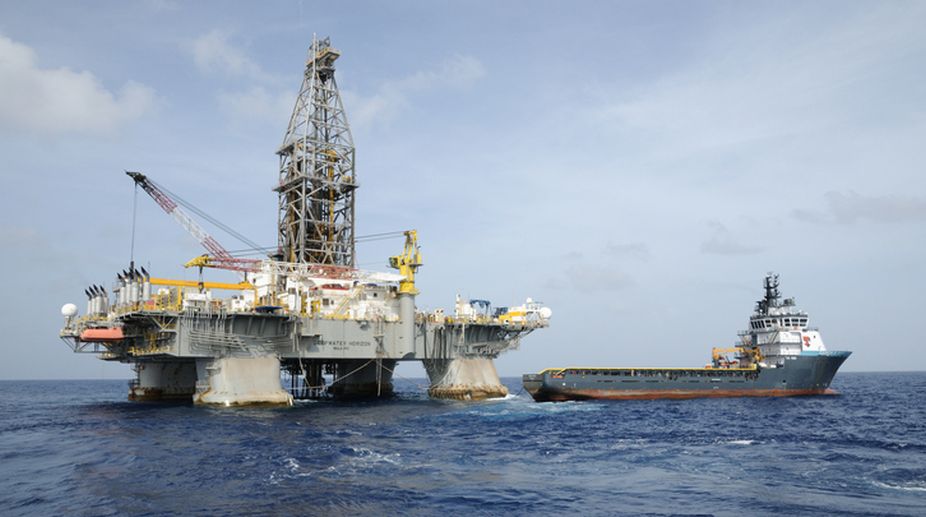First ever Hindi radio broadcast starts in Kuwait
The first-ever Hindi radio broadcast has started in Kuwait, the Indian Embassy in Kuwait said on Monday.

Representational image (Photo: Getty Images)
Emergency workers have managed to clean up “the major part” of an oil spill near the joint Kuwaiti-Saudi Al-Khafji oilfield in the Gulf, an official said on Sunday.
“The major portion of the main oil spill has been removed,” Kuwait Petroleum Corporation (KPC) spokesman Sheikh Talal al-Khaled Al-Sabah said in a statement.
Teams were still working to clean other parts of the spill and coastal areas, he said.
Advertisement
Emergency teams have been battling the large oil spill since it appeared off the emirate’s southern coast on Thursday.
Sheikh Talal said precautionary measures have been taken around vital installations in Al-Zour area where a huge USD 30-billion oil complex including a 6,15,000-barrel-per-day refinery is being built.
There were no official reports about the source or size of the spill in the waters near the Al-Khafji field.
However, Kuwaiti media today quoted local oil experts as saying the spill originated from an old 50-kilometre pipeline from Al-Khafji.
The experts estimated that as many as 35,000 barrels of crude may have leaked into the waters off Al-Zour.
Emergency teams have sealed off two power and water desalination plants in the area to prevent contamination.
Kuwait depends largely on desalination for its fresh water supplies.
Saudi Arabia and Bahrain, located south of Kuwait along the Gulf coast, said slicks from the spill had not reached their waters.
Saudi Arabia, in a statement published by the official SPA news agency, said it had implemented a “crisis management plan” and was conducting an aerial survey of its oil installations along the coast.
The KPC said teams from Saudi Arabian Chevron and Oil Spill Response Limited (OSRL) had joined the coastal clean-up.
OPEC member Kuwait pumps around 2.7 million barrels per day of crude oil, providing around 85 per cent of its public revenues.
Advertisement